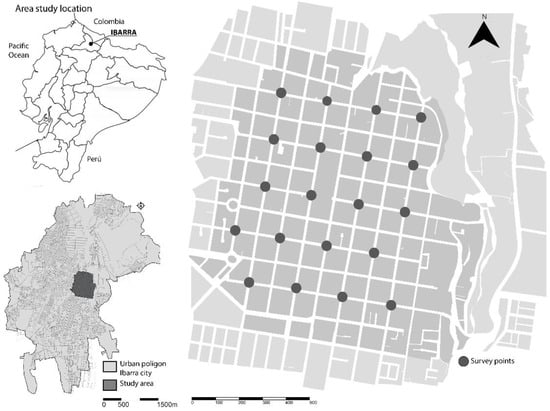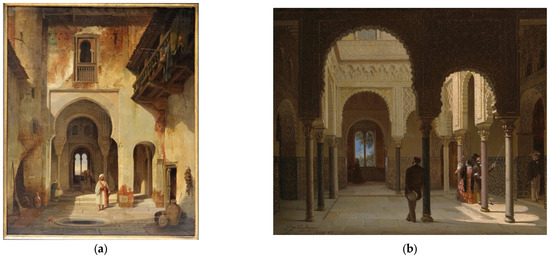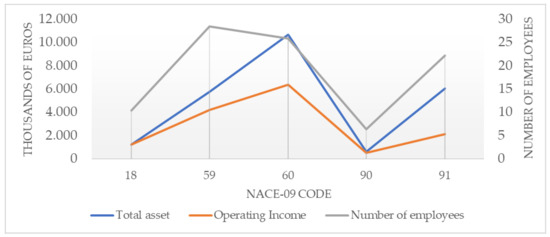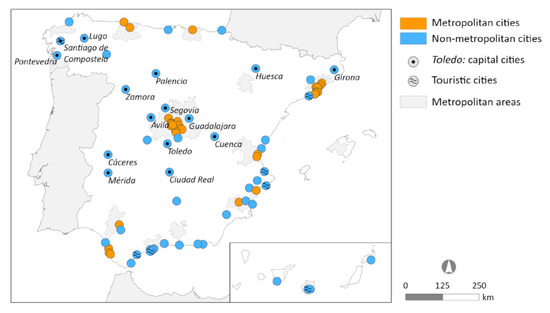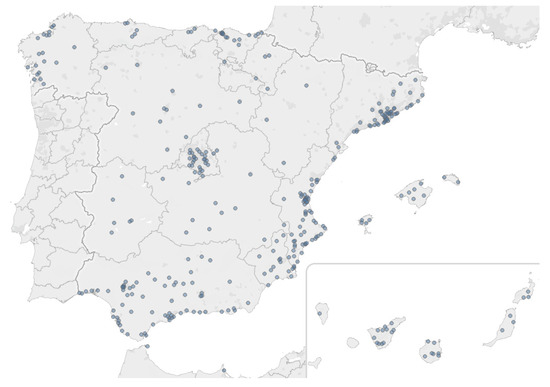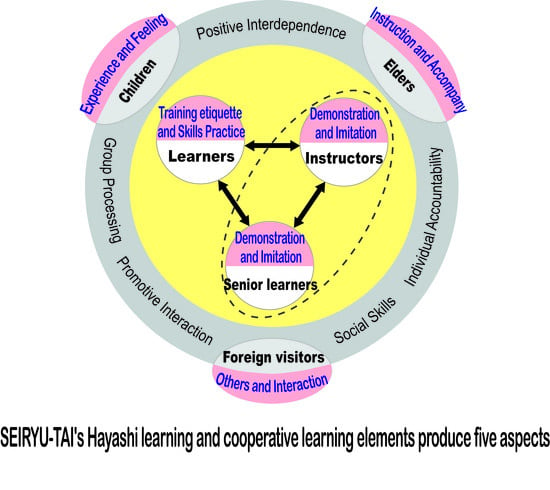Culture and Development in Small and Medium-Sized Cities
A topical collection in Sustainability (ISSN 2071-1050). This collection belongs to the section "Sustainable Urban and Rural Development".
Viewed by 24019Editor
Topical Collection Information
Dear Colleagues,
Creative and cultural activities are recognized for their potential to contribute to the intelligent, inclusive, and sustainable development of the territories in which they take place. One favored topic in the specialized literature around this concept has been that of geographies; that is, the distribution and location of such activities, and their co-location patterns within a given area, as well as their propensity to form clusters and to generate territorial and economic synergies. However, a significant proportion of empirical studies on these phenomena and the most important theories pertaining to them have focused on large cities and metropolitan areas of a relatively global nature.
The chief aim of this Special Issue is to reflect on the role of creative and cultural industries in small and medium-sized cities, in order to reflect on the adequacy of existing theories in terms of spatial areas outside the reach of globalization’s most marked trends. This will yield a better understanding of the weight of local factors in the economy of culture, taking into account differentiations such as the integration of small and medium-sized cities into metropolitan areas, or their situation in environments of low population density; the importance of institutions such as public administration, universities, or museums; the weight of historical heritage in the economic projection of cities; labour demands according to specialized sectors; access to markets at different spatial scales; and so on. Richer understanding will likewise emerge around the dynamics of cultural and creative ecosystems in small and medium-sized cities, including the nature and interrelation of different components in such ecosystems and their economic and social impacts.
Another intention of this Special Issue is to transcend mere theoretical reflection to address specific situations in intermediate cities that are usually excluded from research (for reasons of scale, data availability, etc.). Thus, texts will be collected that permit the identification of those factors (social, environmental, economic, and spatial), agents (institutional, public, private, and third sector), and mechanisms involved in the cultural and creative economies of different small and medium-sized cities.
From this theoretical and empirical approach, conclusions may be drawn that extend the geographical framework covered by existing theories, enhancing comprehension of the various mechanisms that (at the local level, and with local particularities) determine the success or failure of certain cultural environments.
Assoc. Prof. Dr. Diego A. Barrado-Timón
Collection Editor
Manuscript Submission Information
Manuscripts should be submitted online at www.mdpi.com by registering and logging in to this website. Once you are registered, click here to go to the submission form. Manuscripts can be submitted until the deadline. All submissions that pass pre-check are peer-reviewed. Accepted papers will be published continuously in the journal (as soon as accepted) and will be listed together on the collection website. Research articles, review articles as well as short communications are invited. For planned papers, a title and short abstract (about 100 words) can be sent to the Editorial Office for announcement on this website.
Submitted manuscripts should not have been published previously, nor be under consideration for publication elsewhere (except conference proceedings papers). All manuscripts are thoroughly refereed through a single-blind peer-review process. A guide for authors and other relevant information for submission of manuscripts is available on the Instructions for Authors page. Sustainability is an international peer-reviewed open access semimonthly journal published by MDPI.
Please visit the Instructions for Authors page before submitting a manuscript. The Article Processing Charge (APC) for publication in this open access journal is 2400 CHF (Swiss Francs). Submitted papers should be well formatted and use good English. Authors may use MDPI's English editing service prior to publication or during author revisions.
Keywords
- small and medium-sized cities
- cultural industries
- creative economy
- cultural innovation
- local development
- cultural sustainability
- cultural clusters
- environmental dimension of culture





